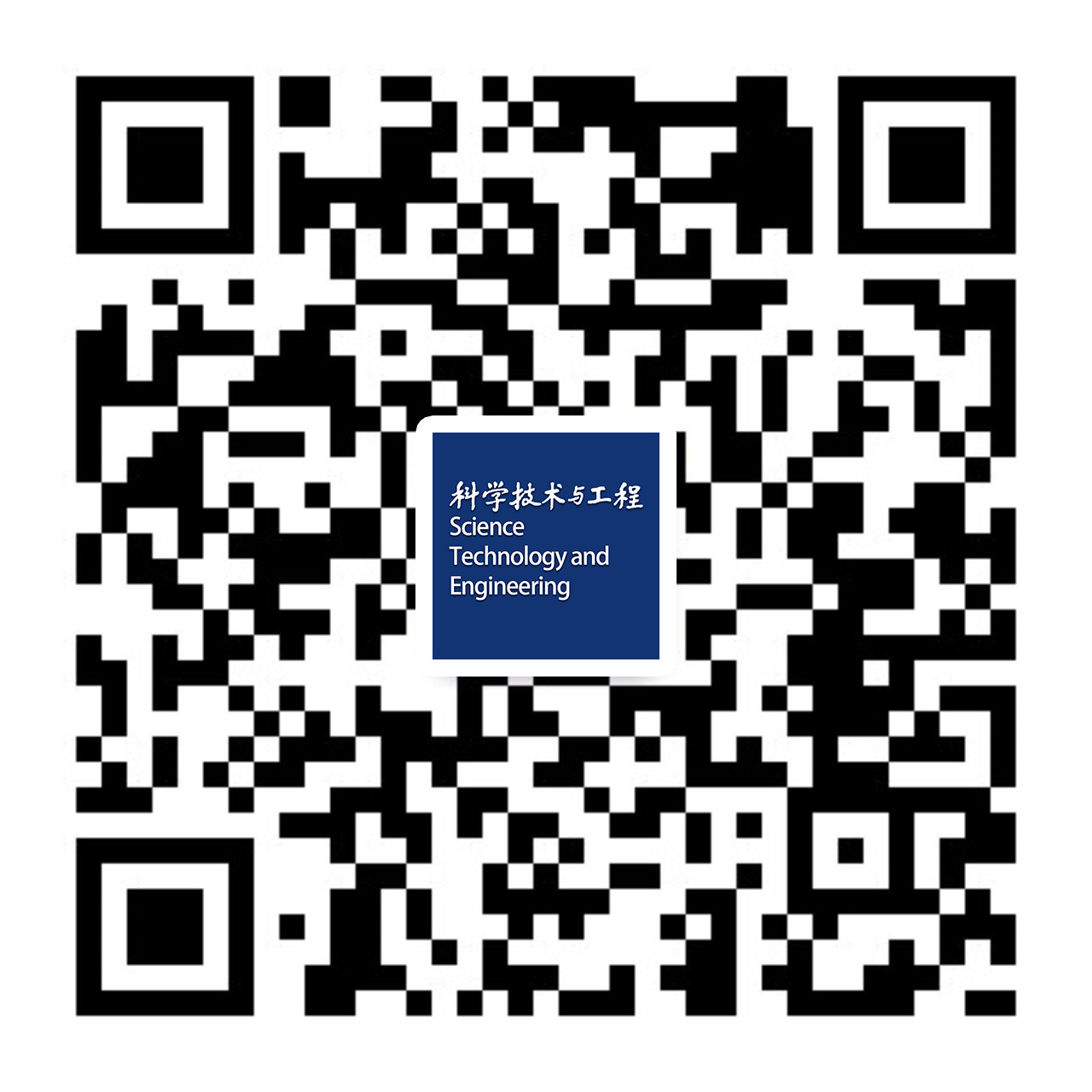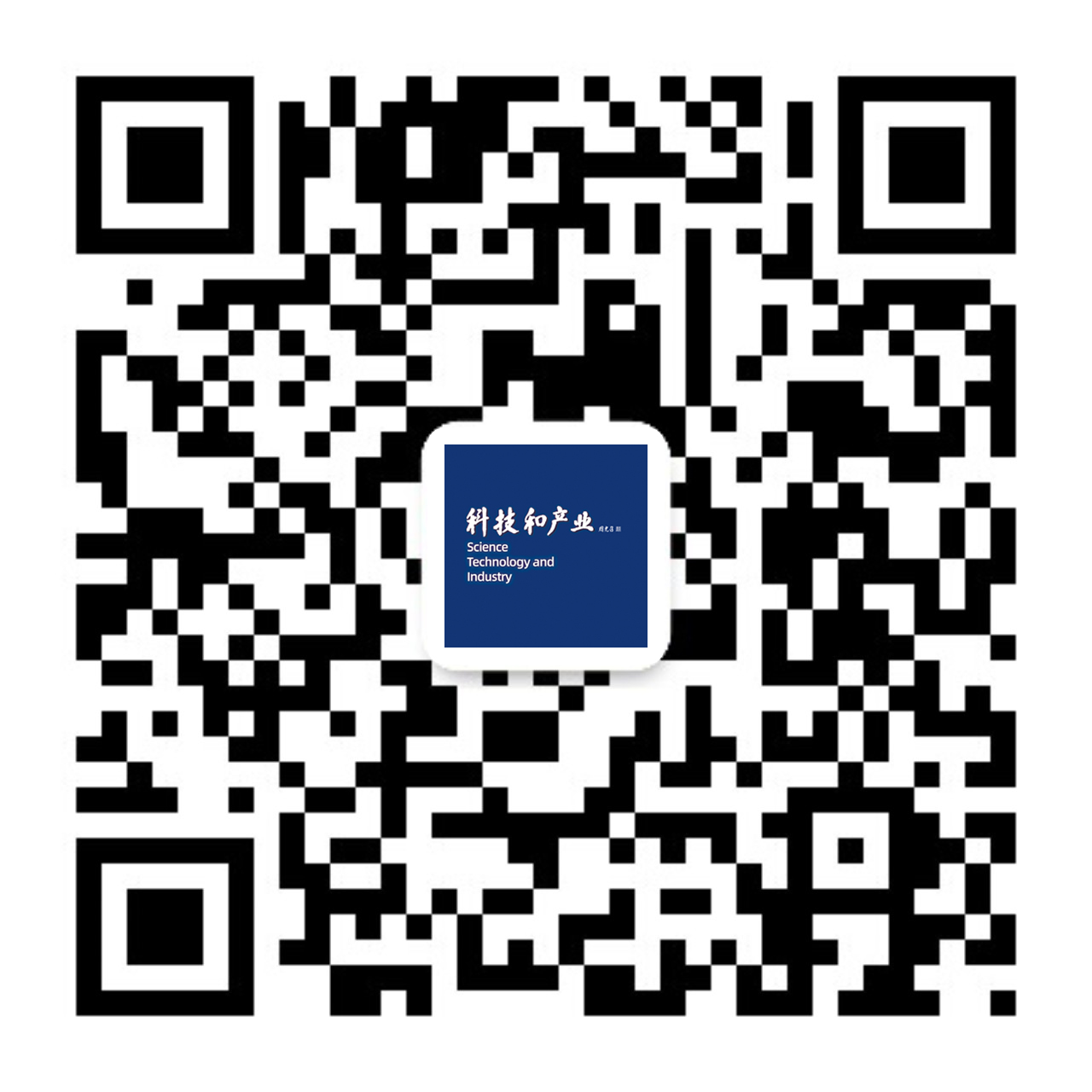TOE框架下城市韧性的多元驱动模式:制度逻辑的组态分析
作者:
作者单位:
内蒙古财经大学
作者简介:
通讯作者:
中图分类号:
F12
基金项目:
国家自然科学基金地区项目“供应链视角下数字技术驱动企业包容性创新的机制研究”(72464024);内蒙古自治区杰出青年基金项目“民族地区营商环境提升城市经济韧性的机制与差异化路径研究”(2024JQ19);国家社会科学基金“民族地区中小企业创新生态系统构建与运行机制研究”(21XMZ063);内蒙古自治区高等学校创新团队发展计划支持(NMGIRT2202)。
The Multiple Driving Mode of Urban Resilience under the TOE Framework: A Configuration Analysis of Institutional Logic
Author:
Affiliation:
_
Fund Project:
引用本文
赵云辉,白佳奇,梁宇奇. TOE框架下城市韧性的多元驱动模式:制度逻辑的组态分析[J].技术经济,2025,44(2):144-164.
复制相关视频
分享
文章指标
- 点击次数:
- 下载次数:
- HTML阅读次数:
历史
- 收稿日期:2024-01-25
- 最后修改日期:2025-02-16
- 录用日期:2024-04-08
- 在线发布日期: 2025-02-26
- 出版日期:
文章二维码

您是第 位访问者
电话:010-65055536, 18515632865 Email:jishujingji@cste.org.cn
地址:北京市海淀区学院南路86号(100081) 邮政编码:80-584
ICP:京ICP备05035734号-5
技术经济 ® 2025 版权所有
技术支持:北京勤云科技发展有限公司
电话:010-65055536, 18515632865 Email:jishujingji@cste.org.cn
地址:北京市海淀区学院南路86号(100081) 邮政编码:80-584
ICP:京ICP备05035734号-5
技术经济 ® 2025 版权所有
技术支持:北京勤云科技发展有限公司



